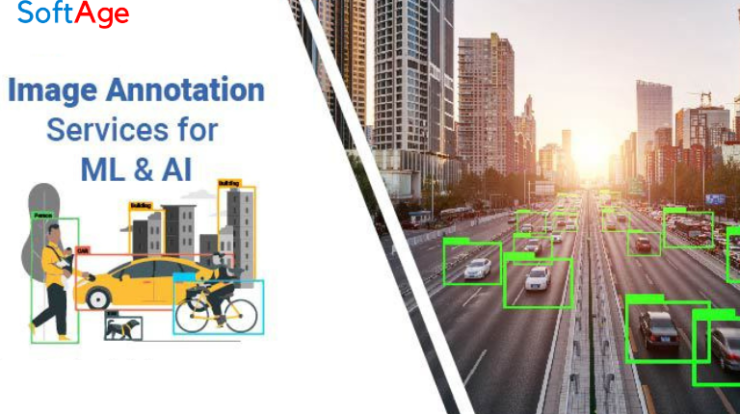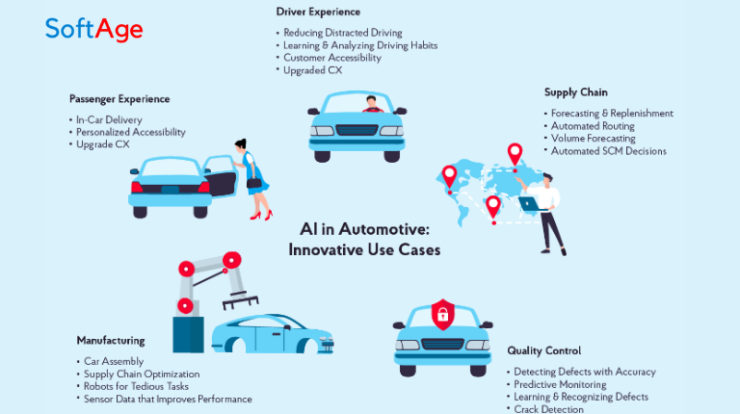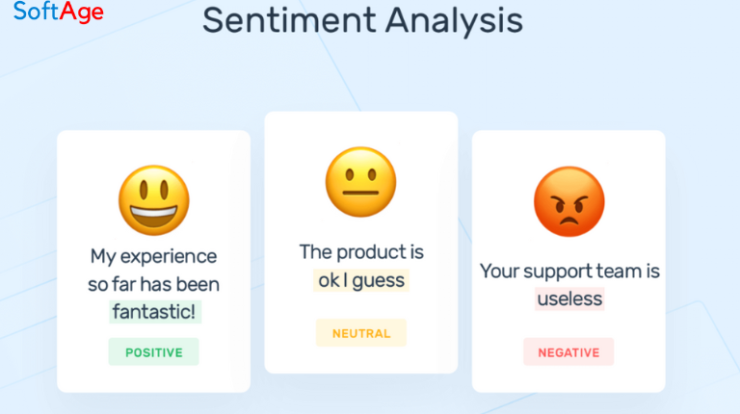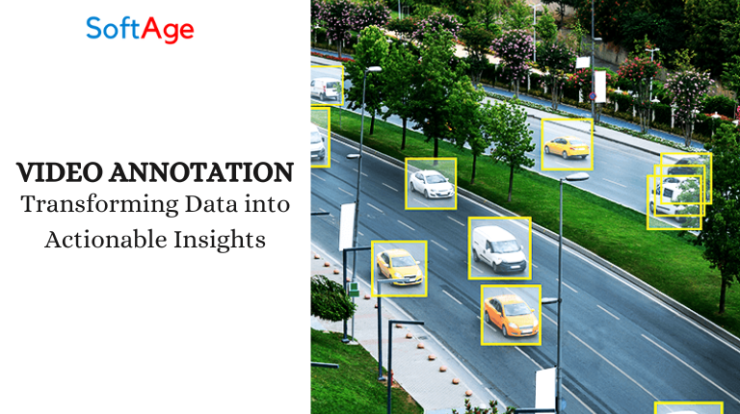
In today’s digital age, images have become an integral part of our lives, from social media posts to medical imaging, autonomous vehicles, and countless other applications. However, to make these images truly valuable, they often require additional information or context. This is where image annotation comes into play. In this blog, we will explore the fascinating world of image annotation, its importance, various techniques, and its applications across different industries.
What is Image Annotation?
Image annotation is the method of adding metadata or labels to an image to provide additional information about its content. These annotations can include object detection, object segmentation, image classification, and more. Image annotations are essential for training and improving machine learning models, enabling them to recognize and understand the content of images.

Importance of Image Annotation
Image annotation is of paramount importance in the field of computer vision and artificial intelligence. It serves as the bridge that enables machines to understand and interpret the visual world, unlocking a multitude of applications across various industries. Here are some importance of Image annotation:
Machine Learning and AI: Image annotation is a crucial step in training machine learning and artificial intelligence models for tasks like image recognition, object detection, and image generation. Without accurate annotations, these models would struggle to understand and generalize patterns within images.
Autonomous Vehicles: In the development of self-driving cars, image annotation plays a pivotal role. Annotated images help these vehicles identify pedestrians, other vehicles, road signs, and obstacles, ensuring safety on the road.
Medical Imaging: In healthcare, image annotation assists in diagnosing diseases, identifying tumors, and monitoring patient health. Accurate annotations help doctors and AI systems make more informed decisions.
E-commerce: E-commerce platforms use image annotation to enhance the user experience by allowing customers to search for products using images. Annotations help in categorizing products, making search results more accurate.
Content Moderation: Social media and content-sharing platforms use image annotation to detect and filter out inappropriate or harmful content, ensuring a safer online environment.
Techniques for Image Annotation
There are several techniques for image annotation, depending on the specific requirements of your project and the type of annotations you need. Here are some common techniques for image annotation:
Bounding Boxes: This technique involves drawing rectangular boxes around objects of interest within an image. It’s commonly used for object detection tasks.
Polygon Annotation: In cases where objects have irregular shapes, such as animals or land boundaries, polygon annotation is used to outline the object accurately.
Semantic Segmentation: Here, each pixel of an image is labeled with the category it belongs to, allowing for pixel-level understanding of objects in the image.
Keypoint Annotation: This technique involves marking specific points of interest on an object, such as facial landmarks or joint positions for pose estimation.
Image Classification: Images are categorized into predefined classes or labels, making it easier for models to classify them.
Challenges in Image Annotation
Image annotation is a critical step in many computer vision and machine learning applications, but it comes with several challenges. These challenges can affect the quality, cost, and efficiency of the annotation process. Here are some common challenges in image annotation:
Subjectivity: Different annotators may have varying interpretations of the same image, leading to inconsistencies in annotations.
Scale and Volume: Annotating a large dataset of images can be time-consuming and resource-intensive.
Quality Control: Ensuring the accuracy and quality of annotations is essential, as errors can negatively impact the performance of machine learning models.
Data Privacy: Privacy concerns may arise when annotating sensitive or personal images. Strict data protection measures must be in place.
Future of Image Annotation
The future of image annotation is driven by the growing demand for AI and computer vision applications in various sectors. As technology continues to advance, image annotation will become more efficient, accurate, and adaptable to meet the evolving requirements of the AI-driven world.
Why Choose SoftAge for Image Annotation Services?
At SoftAge, we stand as a reliable partner in your journey of image annotation. Our commitment to precision, consistency, and data security makes us the preferred choice for a range of industries. Our expertise in image annotation services is underpinned by:
Skilled Annotation Teams: Our teams comprise experienced annotators who ensure accuracy and adherence to project requirements.
Scalability: We are equipped to handle annotation projects of varying scales, from small datasets to extensive collections.
Quality Assurance: Our stringent quality control measures guarantee the accuracy and reliability of annotations.
Data Privacy: We prioritize data protection and uphold the highest standards of privacy compliance.
Wrapping Up
In summary, image annotation is the cornerstone of modern artificial intelligence and computer vision. It bridges the gap between raw visual data and machine understanding, enabling applications across diverse fields. As technology advances, automation, ethical considerations, and scalability will shape the future of annotation. In this dynamic landscape, image annotation remains essential for unlocking the potential of AI in our increasingly visual world.






